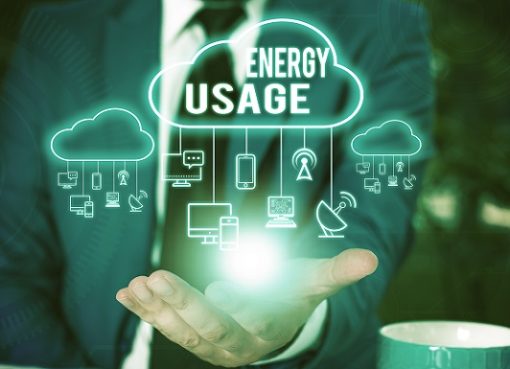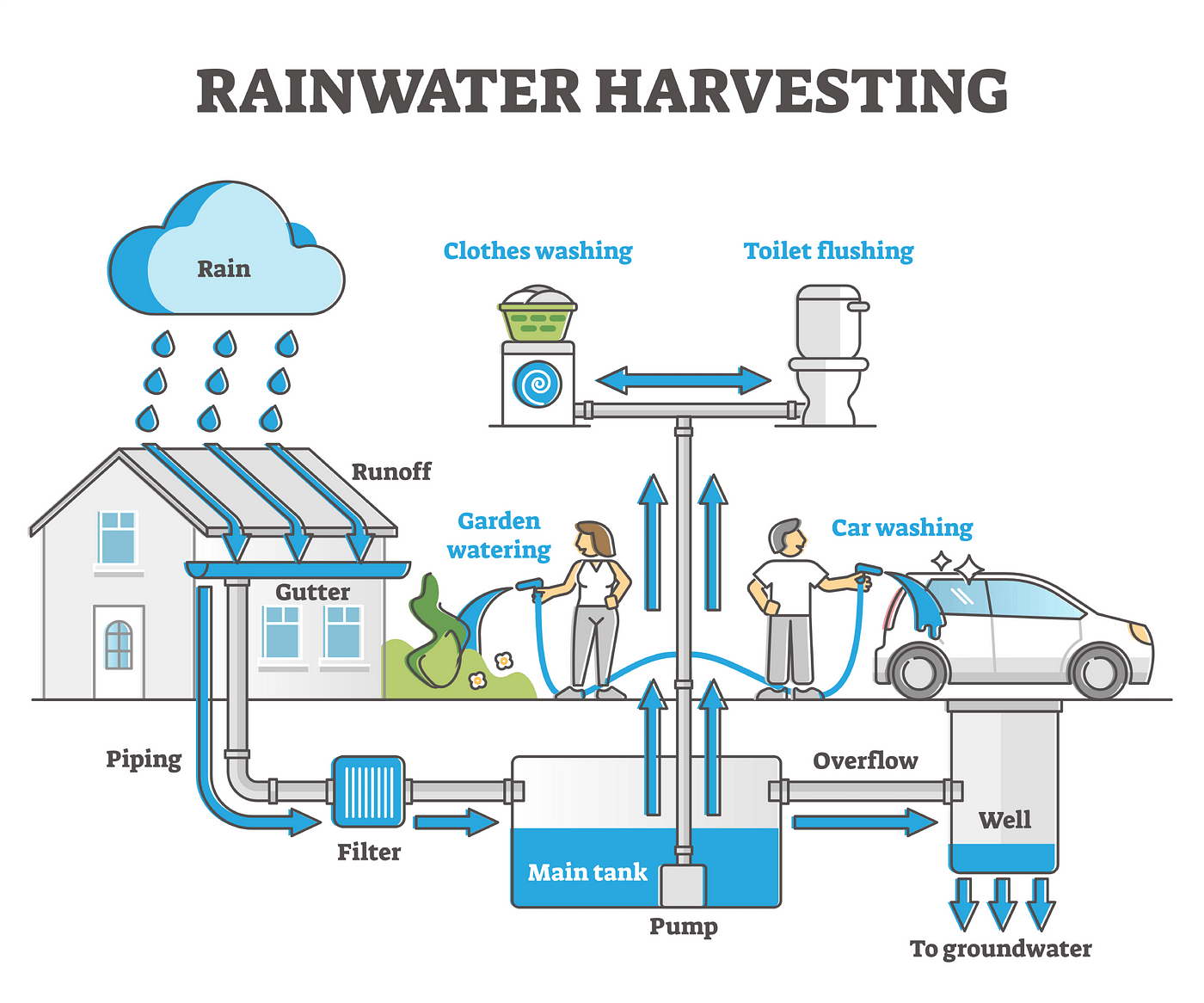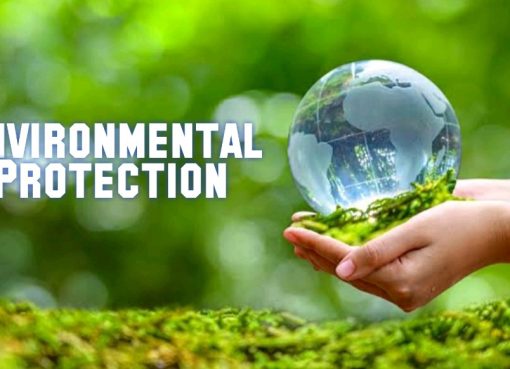Circular Economy: Rethinking the Way We Use Resources

In a world facing unprecedented environmental challenges, the concept of a circular economy offers a promising solution. But what exactly is a circular economy, and why is it gaining traction? In this article, we’ll explore the principles, benefits, challenges, strategies, examples, and the role of businesses in promoting a circular economy.
Introduction to Circular Economy
At its core, a circular economy is a system where resources are used and reused in a closed-loop cycle, rather than being disposed of after a single use. It aims to minimize waste, maximize resource efficiency, and promote sustainable consumption and production practices. Transitioning to a circular economy is essential for reducing our reliance on finite resources and mitigating the environmental impacts of our current linear economic model.
Key Principles of Circular Economy
Reduce, Reuse, Recycle
The three R’s—reduce, reuse, recycle—are the foundational principles of a circular economy. By minimizing consumption, extending the lifespan of products through reuse, and recycling materials at the end of their life cycle, we can keep resources in circulation and out of landfills.
Design for Durability and Repairability
In a circular economy, products are designed to last longer and be easily repairable. This means using durable materials, modular design principles, and standardized components to facilitate repair and refurbishment, thereby prolonging product lifespan and reducing waste.
Embrace Renewable Energy Sources
Transitioning to renewable energy sources such as solar, wind, and hydroelectric power is crucial for achieving a circular economy. By decoupling economic growth from resource consumption and greenhouse gas emissions, renewable energy plays a vital role in creating a more sustainable and resilient economy.
Benefits of Circular Economy
Reduction of Waste and Resource Depletion
By keeping resources in circulation for as long as possible, a circular economy minimizes waste generation and reduces the need for extracting finite resources from the earth, thus mitigating environmental degradation and resource depletion.
Economic Growth and Job Creation
Embracing circular economy principles can stimulate economic growth and create new job opportunities in sectors such as recycling, remanufacturing, and renewable energy. By fostering innovation and entrepreneurship, a circular economy can drive sustainable development and prosperity for communities worldwide.
Environmental Sustainability
Perhaps the most significant benefit of a circular is its positive impact on the environment. By reducing greenhouse gas emissions, preserving natural habitats, and protecting biodiversity, an economy helps safeguard the planet for future generations.
Challenges in Implementing Circular Economy
Shifting from Linear to Circular Business Models
Transitioning from a linear economic model based on consumption and disposal to a circular model focused on resource conservation and reuse requires a fundamental shift in business practices, supply chains, and consumer behaviour.
Consumer Behavior and Mindset
Consumer attitudes and behaviours play a significant role in the success of a economy. Encouraging consumers to prioritize sustainability, embrace reuse and repair, and make informed purchasing decisions is essential for driving demand for circular products and services.
Policy and Regulatory Barriers
Government policies and regulations can either facilitate or hinder the transition to a circular. Addressing regulatory barriers, implementing supportive policies, and incentivizing sustainable practices are essential for creating an enabling environment for circularity.
Strategies for Advancing Circular Economy
Collaboration Between Stakeholders
Collaboration between governments, businesses, academia, and civil society is crucial for advancing the economic agenda. By working together to identify barriers, share best practices, and co-create innovative solutions, stakeholders can accelerate progress towards a circular future.
Innovation and Technology Adoption
Harnessing the power of innovation and technology is essential for driving the transition to a circular. Investing in research and development, promoting circular design principles, and embracing digitalization can unlock new opportunities for resource efficiency and waste reduction.
Education and Awareness Campaigns
Raising awareness about the benefits of an economy and educating stakeholders about practical steps they can take to embrace circularity is essential for driving behaviour change and fostering a culture of sustainability.
Examples of Successful Circular Economy Initiatives
Cradle to Cradle Certification Program
The Cradle to Cradle Certified™ program certifies products based on their environmental and social performance across five key sustainability criteria: material health, material reutilization, renewable energy and carbon management, water stewardship, and social fairness.
Ellen MacArthur Foundation’s Circular Economy Initiatives
The Ellen MacArthur Foundation is a leading advocate for the circular, working to accelerate the transition to an economy through research, education, and collaboration with businesses, governments, and academia.
Zero-Waste Initiatives by Leading Corporations
Many leading corporations have embraced circular principles and implemented zero-waste initiatives to reduce waste, increase resource efficiency, and create value from waste streams. Companies such as IKEA, Unilever, and Interface are pioneers in this space.
The Role of Businesses in Promoting Economy
Businesses play a pivotal role in driving the transition to an economy. By adopting circular business models, investing in sustainable practices, and engaging in partnerships and collaborations, companies can create value, reduce environmental impact, and contribute to the circular agenda.
Conclusion
In conclusion, transitioning to an economy is imperative for creating a more sustainable, resilient, and prosperous future. By embracing the principles of reduce, reuse, recycle; designing for durability and repairability; and embracing renewable energy sources, we can minimize waste, conserve resources, and protect the planet for future generations. It’s time for individuals, businesses, and governments to come together and embrace the circular revolution.



Leave a Comment